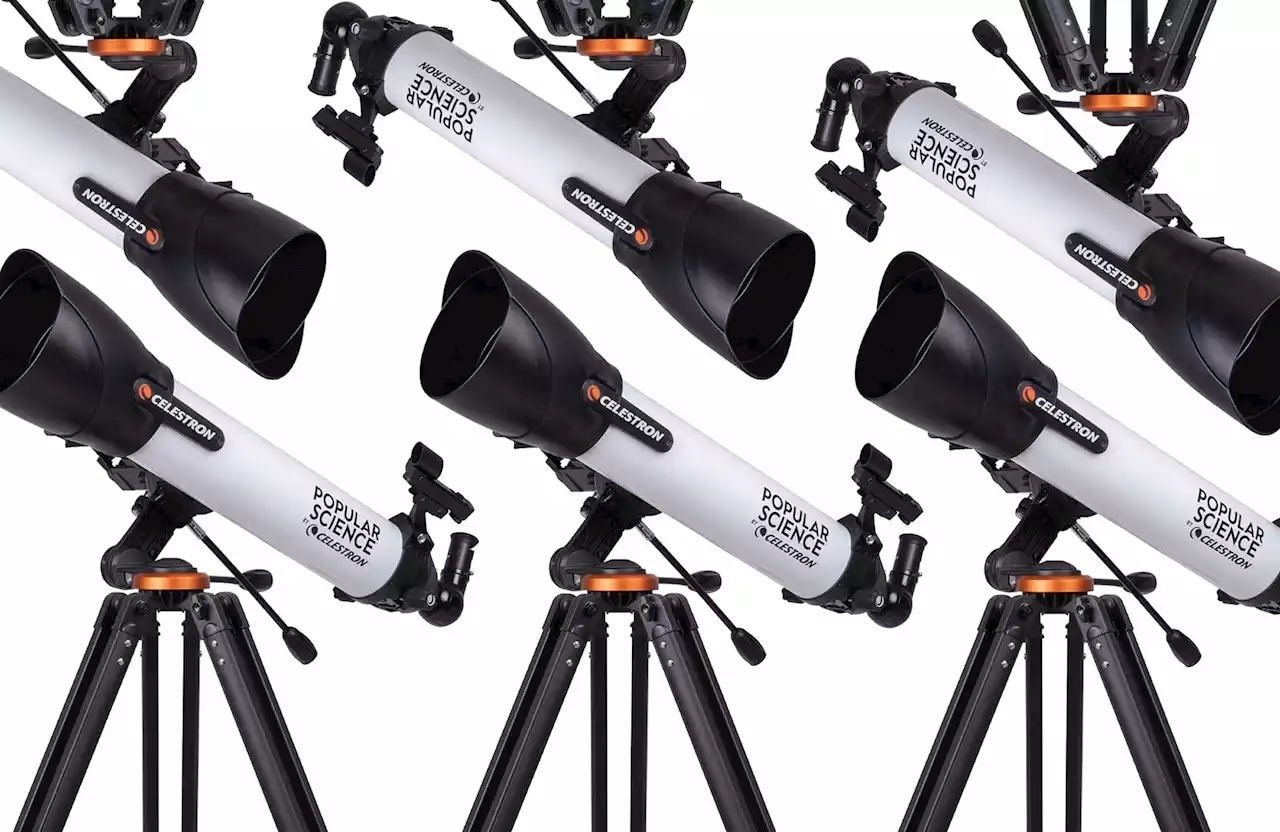The galaxy lies about 30 million light-years away, in the constellation Camelopardalis (The Giraffe).
a"spectacularly energetic explosion" in the galaxy, which was triggered because one of its stars that was 11 to 15 times more massive than the sun ran out of fuel and exploded as aThe somewhat amorphous spiral galaxy UGC 2890 appears side-on in this image from the Hubble Space Telescope, with bright foreground stars studding the image.
Astronomers used several European telescopes in Finland, Italy, Spain and Slovakia to study the supernova from March 30, 2009 — the very next day after its discovery — up until November of that year. At the time, they recorded the magnitude of the supernova to be -17.37, which they noted was one of the brightest known. For reference, the
United States Latest News, United States Headlines
Similar News:You can also read news stories similar to this one that we have collected from other news sources.
 Saturn's rings are raining down particles on its atmosphere | Digital TrendsNew research using the Hubble Space Telescope shows that Saturn's icy rings actually heat up its upper atmosphere.
Saturn's rings are raining down particles on its atmosphere | Digital TrendsNew research using the Hubble Space Telescope shows that Saturn's icy rings actually heat up its upper atmosphere.
Read more »
 Webb telescope discovers four oldest galaxies ever observedThe galaxies date from 300 to 500 million years after the Big Bang more than 13 billion years ago, when the universe was just two percent of its current age.
Webb telescope discovers four oldest galaxies ever observedThe galaxies date from 300 to 500 million years after the Big Bang more than 13 billion years ago, when the universe was just two percent of its current age.
Read more »
 James Webb Space Telescope spies most ancient galaxies ever observedFour galaxies investigated by the powerful space telescope are seen as they were just 350 million years after the Big Bang.
James Webb Space Telescope spies most ancient galaxies ever observedFour galaxies investigated by the powerful space telescope are seen as they were just 350 million years after the Big Bang.
Read more »
 Unraveling the Universe: Groundbreaking Measurement Shakes Up PhysicsWhen it comes to measuring how fast the Universe is expanding, the result depends on which side of the Universe you start from. An EPFL study has calibrated the best cosmic yardsticks to unprecedented accuracy, shedding new light on the Hubble tension. The Hubble tension, a discrepancy in the cos
Unraveling the Universe: Groundbreaking Measurement Shakes Up PhysicsWhen it comes to measuring how fast the Universe is expanding, the result depends on which side of the Universe you start from. An EPFL study has calibrated the best cosmic yardsticks to unprecedented accuracy, shedding new light on the Hubble tension. The Hubble tension, a discrepancy in the cos
Read more »
 Save 10 percent or more on Celestron telescopes and star-gazing gearThis Popular Science-approved telescope weighs just over 13 pounds with the tripod, so it's easy to take on star-gazing adventures.
Save 10 percent or more on Celestron telescopes and star-gazing gearThis Popular Science-approved telescope weighs just over 13 pounds with the tripod, so it's easy to take on star-gazing adventures.
Read more »
 JWST’s Smashing Success Shifts Focus to Astronomy’s Blind SpotsLooming gaps in astronomers’ views of the heavens could undercut the revolutionary potential of NASA’s latest, greatest space telescope
JWST’s Smashing Success Shifts Focus to Astronomy’s Blind SpotsLooming gaps in astronomers’ views of the heavens could undercut the revolutionary potential of NASA’s latest, greatest space telescope
Read more »
